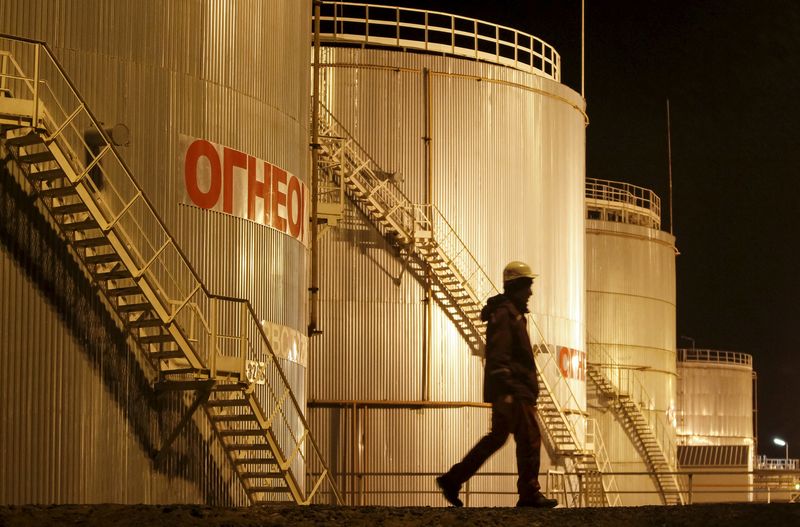By Geoffrey Smith
Investing.com -- Crude oil prices climbed back above $40 a barrel in the U.S. on Wednesday after a moderately upbeat of the near-term outlook from the International Energy Agency, which forecast a clear drop in world stockpiles in the final quarter of 2020.
By 9:30 AM ET (1315 GMT), U.S. crude futures were up 1.6% at $40.84 a barrel, while the international benchmark Brent contract was up 1.6% at $43.12 a barrel.
U.S. Gasoline RBOB Futures were likewise up 1.1% at $1.1956 a gallon.
In its monthly oil market report, published earlier Thursday, the IEA had said its estimates for global supply and demand imply a 4 million barrel a day average drop in world stockpiles in the current quarter. It also noted that the volume of crude in floating storage – typically an indication of weak spot demand - had dropped by around one third in September alone, to just over 139 million barrels.
The IEA’s comments came a few hours of the American Petroleum Institute’s weekly estimate of U.S. stockpiles, which are expected to have fallen by 3.36 million barrels last week. The API data, like the government’s, are delayed by a day this week due to the Columbus Day holiday.
Prices are also being supported by speculation that the OPEC+ bloc of producers will signal a willingness to postpone their scheduled increase in output at the end of the year, mindful of the fragility of global demand as more and more countries tighten restrictions on economic and social life to contain the Covid-19 virus. The virus has spread rapidly across Europe in particular at the approach of the northern hemisphere’s winter.
Technical experts from the OPEC+ bloc are due to meet in Vienna on Friday, ahead of a ministerial meeting next Tuesday.
Suhail al-Mazrouei, the oil minister of the United Arab Emirates, said on Wednesday that the bloc still intends to restore nearly 2 million barrels a day of output to world markets as of January.
However, the ability of the world market to absorb that extra supply is in question. Not only may demand not be strong enough, but Libya – an OPEC member which is exempt from the current quotas because of the hardships caused by its civil war – is now ramping up output after a peace deal allowed its biggest field, El Sharara, to resume production. The IEA said Libyan output could read 700,000 barrels a day by the end of the year.
